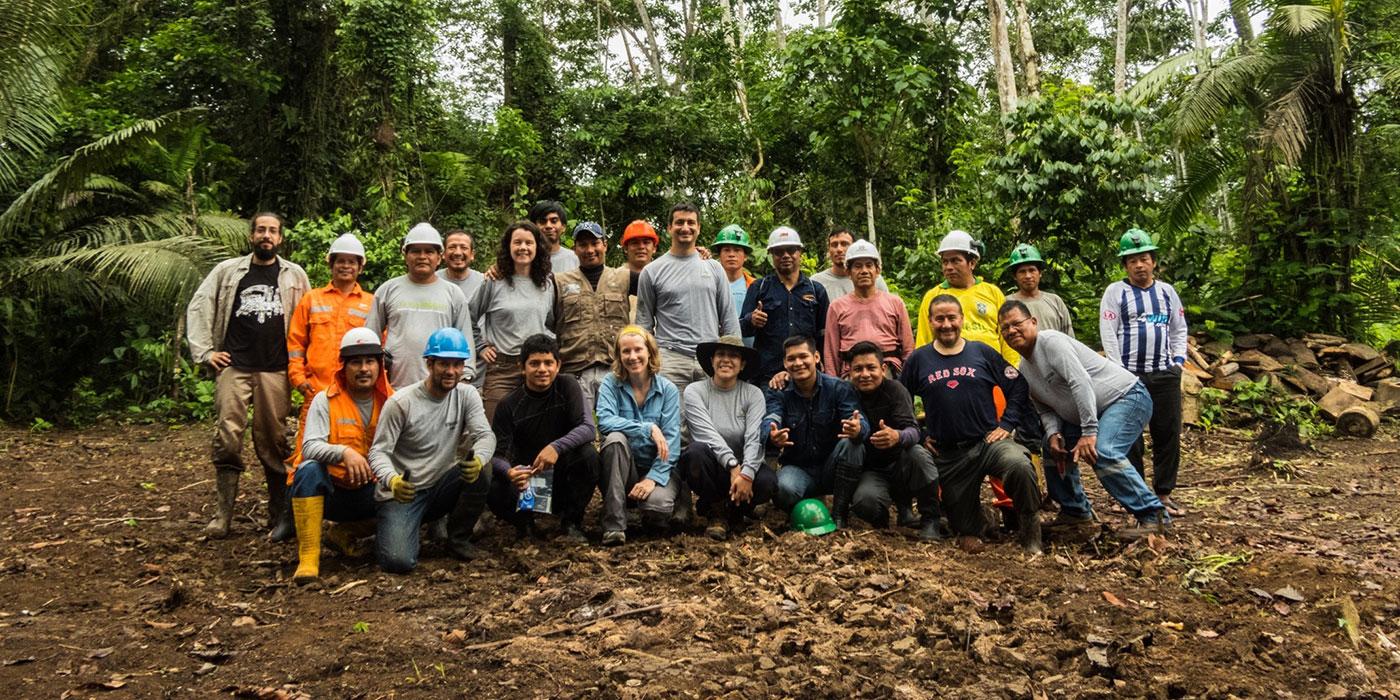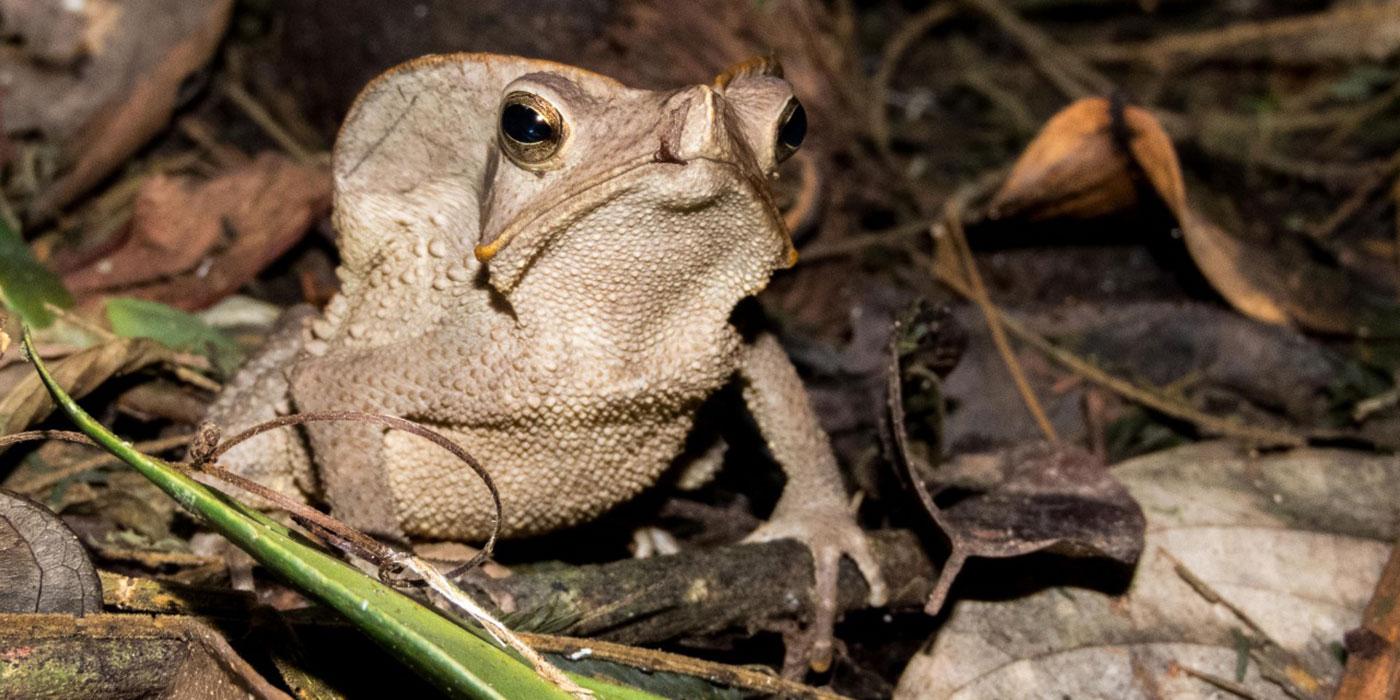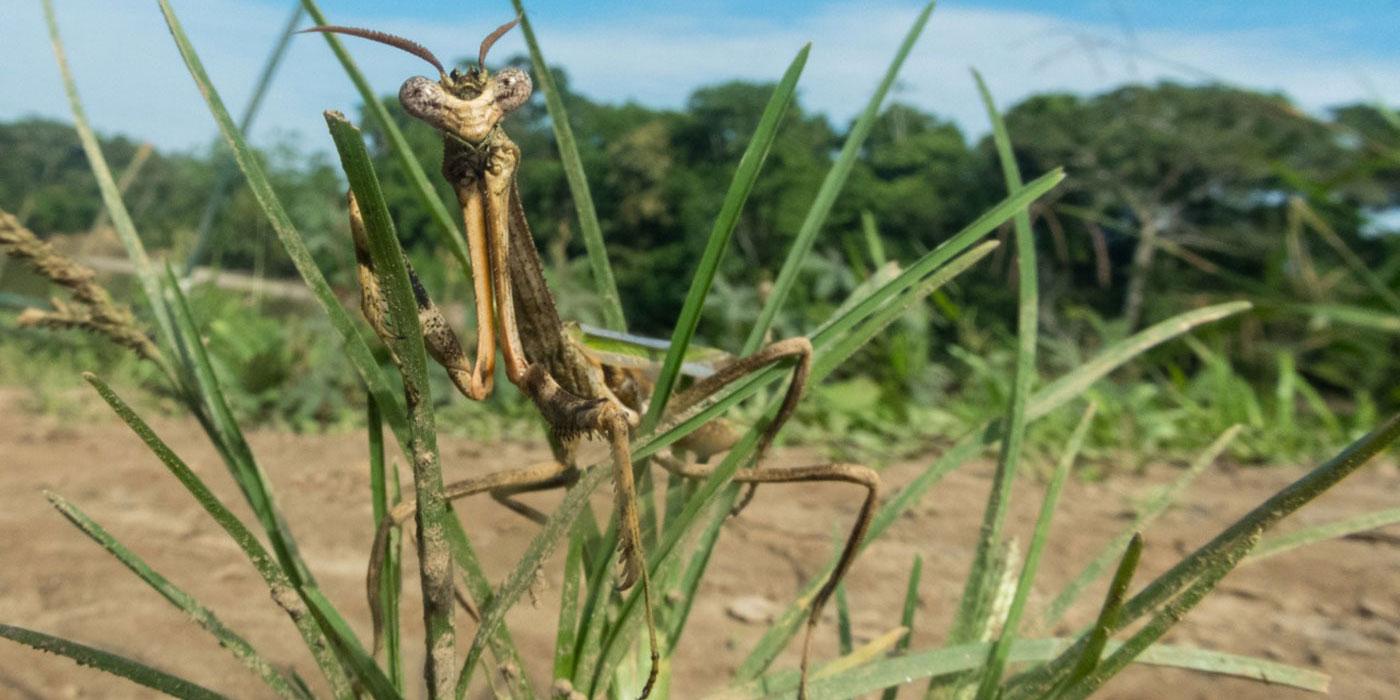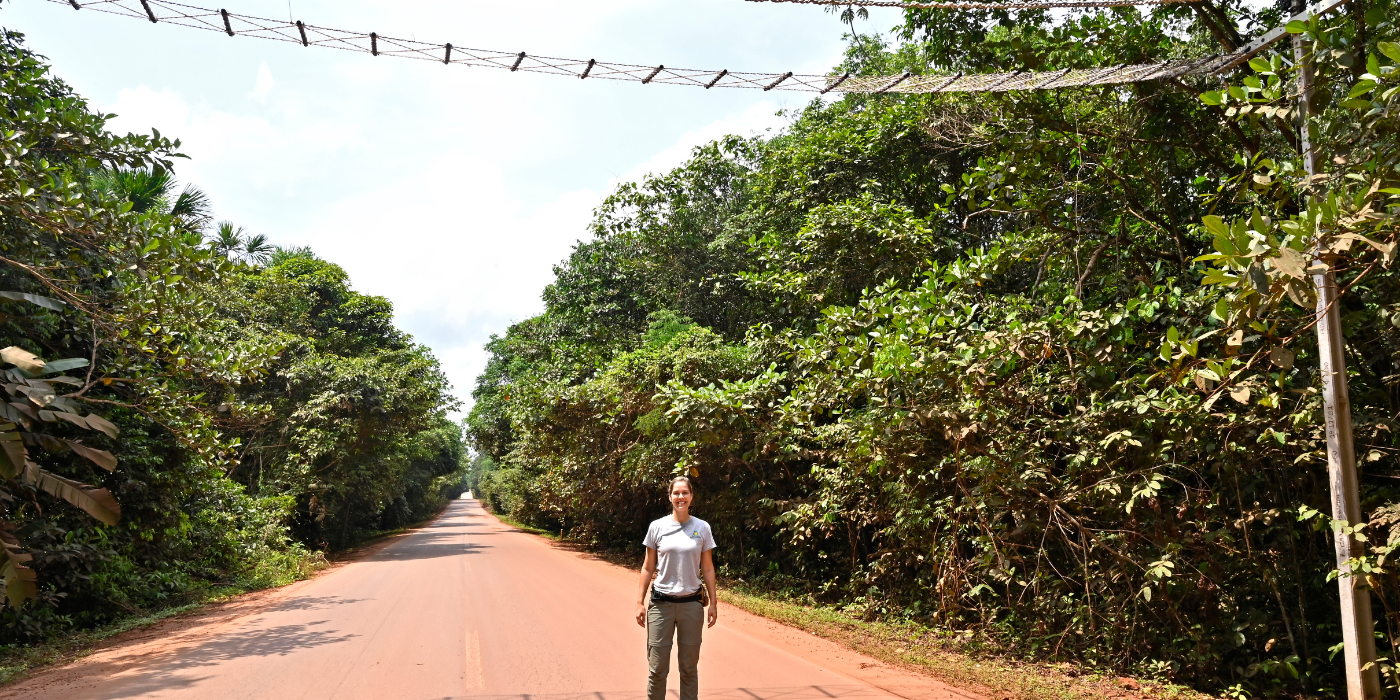Searching for Animals in the Peruvian Amazon
Researchers with the Smithsonian Conservation Biology Institute’s Center for Conservation and Sustainability and partners are busy in the Peruvian Amazon monitoring flora and fauna around areas where pipelines, roads and other infrastructure may be built.
They can offer strategies to better protect wildlife by assessing biodiversity, understanding how animals use the landscape and identifying areas of risk. From the end of July through mid-August, the team identified species at their field site. The following is just a small sample of the wildlife they encountered.




